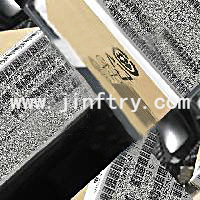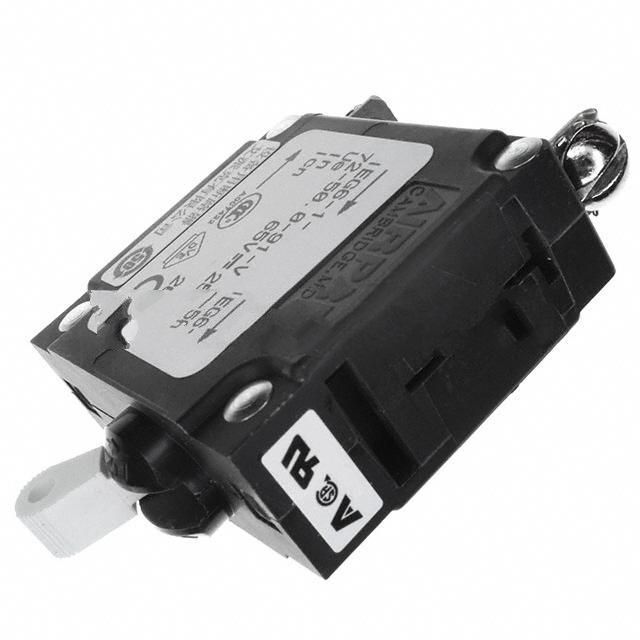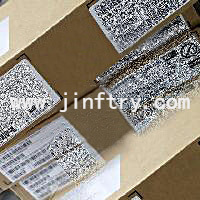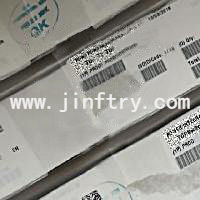Introduction to starter relays - types, functional principles, fault tests
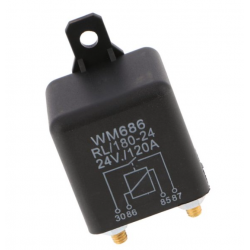
Introduction to starter relays - types, functional principles, fault tests
Start relay introduction:
A relay is an electrical control device. When its input volume (excitation volume) reaches a certain requirement, its output volume (controlled volume) will undergo a predetermined jump.
The main function of the relay is to realize automatic control, such as automatic protection, conversion, adjustment, etc. It is widely used in power system,
automatic control system, vehicle and other fields. It has the interactive relationship between the control system (mainly switch system) and the control system
(electromagnetic system for motor start, contactor and delayer, etc.). A relay can control the opening and closing of one or more electrical output circuits.
How the starter relay works:
Electromagnetic Attraction: When current is passed through the relay coil, a magnetic field is created which attracts an iron piston or core which causes the switch to operate.
Mechanical movement: The above-mentioned electromagnetic attraction causes the internal mechanical structure to move,
thereby connecting or disconnecting the internal electrical contacts.
Applications for starter relays:
Protecting circuits: For example, when the current exceeds a preset value, the relay can cut off the power to protect the circuit from damage.
Remote control: An electrical signal can be sent remotely to control the relay, so as to realize the remote control of the switch of the device.
Extended Control Capability: Use small currents to control large currents. For example, a manual switch may only take a small amount of current, but it can control a relay, and the relay can control a large current.
Precautions:
Selection: When selecting a relay, its voltage, current, contact material and other specifications need to be considered to ensure that it can meet the requirements of a specific application.
Maintenance: While a relay is reliable, its contacts may wear out in high-frequency applications, requiring periodic inspection and replacement.
Placement: It is necessary to ensure that the relay is placed in a dry, clean environment free from moisture and dust.
Overall, starting relays are commonly used components in electrical and electronic systems, which provide an interface from small signals to large currents, enabling precise and safe control.
Types of starter relays:
3.1 Electromagnetic Relays:
These are the most common type and the operating principle is based on electromagnetic attraction.
When the relay coil is energized, a magnetic field is generated inside the coil.
This magnetic field attracts its iron core (or moving iron), causing the moving contact to move.
The moving contact contacts or disconnects with the fixed contact, so as to realize the connection or disconnection of the circuit.
When the relay coil is de-energized, the magnetic field disappears and a spring or other mechanical structure returns the moving contact to its original position.
The main parts of the electromagnetic relay:
Coil: Generates a magnetic field when energized.
Iron core (or moving iron): Attraction is generated under the magnetic field of the coil.
Moving contact: move according to the movement of the iron core to complete the function of disconnecting or connecting the line.
Fixed contact: Corresponding to the moving contact, it can be of normally open or normally closed type.
Spring: Returns the moving contact to its original position when the coil is de-energized.
Shell: protect the internal structure and prevent dust and other external factors from affecting the work of the relay.

3.2 Current start relay
The main function of the current relay is to assist in starting the motor of the compressor. As mentioned small refrigeration units use capillary tubes as metering devices.
Devices with capillary or fixed orifice metering devices equalize pressure during their closing cycle.
A current-actuated relay has a low-resistance coil (< 1 Ω) and a set of normally open contacts (a change in state of the contacts causes the relay's output circuit to open or close,
allowing it to control other equipment or systems).
The coil in a current relay differs from the coil in a general-purpose relay in that when current flows through the coil, a magnetic field is generated within the coil.
The magnitude of the current determines the strength of the magnetic field.
The coil is wired between the L (live) and M (main winding) terminals and the contacts are usually wired between the L (live) and S (start)
terminals.Through the above method, the current starting relay realizes the function of monitoring the current and controlling
the equipment according to the change of the current. In practical applications, current starting relays are often used in motor starting,
protection and other occasions that need to be controlled according to current changes.

3.3 Solid State Relay: There are no mechanical moving parts, and semiconductors are used to switch.
3.4 Thermal relay: mainly used for motor overload protection.
3.5 Time relay: disconnect or connect the circuit according to the set time.
3.6 Polarity relay: switch the circuit according to the polarity of the input voltage.
3.7 Ground fault circuit breaker (GFCI):
referred to as GFCI or RCD, that is, residual current circuit breaker) is a special electrical protection device designed to protect personal safety.
Ground fault circuit breaker attention functions are as follows:
Personal protection: When the human body accidentally touches live equipment or wires, since the human body is a conductor, a leakage current path will be formed. At this time,
the GFCI will detect this abnormal current and cut off the power quickly to avoid electric shock.
Sensitivity to leakage current: GFCIs are able to react to small differences in current, and when there is a certain difference (usually between 5mA and 30mA) between the current entering and leaving the device, the GFCI will quickly open the circuit.
Self-Test Features: Many modern GFCI units have self-test features that periodically check that they are functioning properly.
Quick power-off: When the GFCI detects a ground fault, it can disconnect the power within milliseconds to ensure personal safety.
Reduce equipment damage: In addition to personal protection, GFCI can also protect electrical equipment. When the equipment generates excessive current due to a ground fault, the GFCI can cut off the power in time to avoid equipment damage.
Suitable for wet environments: Because wet environments are more likely to cause ground faults, GFCIs are often used in bathrooms, kitchens, outdoors, and other places where water may come into contact.
It's important to note that although a GFCI provides protection against ground faults, it's not a replacement for ordinary circuit breakers or fuses.
Common manufacturers Sensata-Airpax models such as: PGFI-1301N , PGFI-2211N , PGFI-831AN , PGFI-A04 , PGFI-M040KYST2 , PGFS-13005 , PGFS-23005 , PGFS-73005 , PGFS-73105 , etc.
They have different functions and often need to be used at the same time to ensure the complete protection of the electrical system.
starter relays Function:
Signal amplification: small current can control large current.
Galvanic Isolation: Relays can provide galvanic isolation between input and output.
Multiple control: One input can control multiple outputs, or multiple inputs can control one output.
Automatic control and protection: As in the motor, when overloaded, the relay can automatically disconnect the power supply.
Test failure:
Observation: First, inspect the relay for burning, melting, or other visible damage.
Listen for the sound: Usually, you'll hear a click when the relay is activated. If there is no sound, there may be a problem with the relay.
Resistance measurement: Use the multimeter's electrical barrier to check the coil of the relay to determine if the coil is disconnected.
Voltage Measurement: Measure the voltage across the coil of the relay to ensure the correct excitation voltage is present.
Continuity Test: When the relay is activated, use the continuity block of the multimeter to test the contacts that are normally open or closed.
Replacement method: If in doubt, you can replace it with a new, functioning relay to confirm that the problem is indeed caused by the relay.
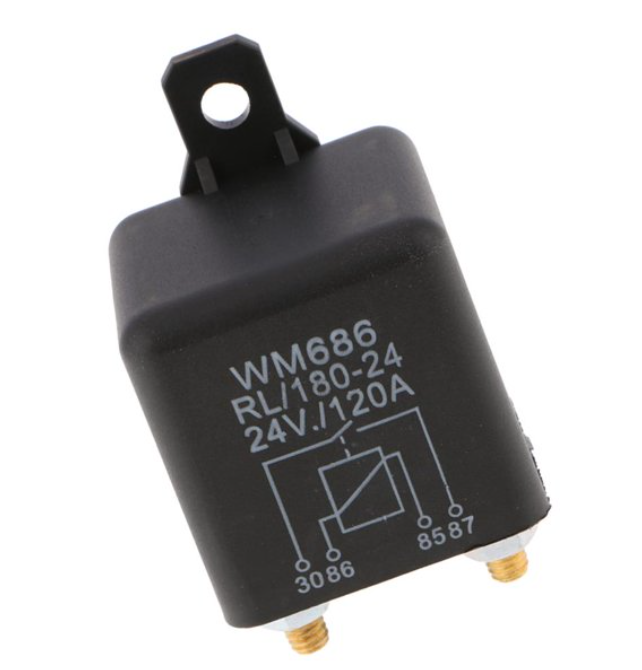
starter relays common problem:
Check if the starter relay works?
1. Voltage test:
Use a multimeter to set to the DC voltage range.
Connect the black wire to ground or negative, then connect the red wire to the control terminal of the relay (usually the small terminal).
The multimeter should show voltage when someone tries to start the vehicle. If no voltage is displayed, there may be a problem with the wiring, the switch, or the relay itself.
2. Connection test:
Carefully short (use a piece of wire or starter pliers) between the two large terminals of the relay, if the starter starts to work then the circuit between the battery and the starter motor is good, but the relay may be faulty.
How to test and replace the starter relay?
Common faults of the starter relay:
How to test the starter motor relay?
1. Connectivity test:
When the relay is not powered, its contacts should be open. Use a multimeter to perform a continuity test across the contacts of the relay. You should not see connectivity (infinite or very high impedance values).
When the relay is energized (you can use an external power supply to power the coil), its contacts should close. Do the continuity test again, now you should see low impedance or continuity.
2. Functional test:
Reconnect the motor.
Turn on the power and try to start the motor. Listen for a small "click" as the relay switches. If you don't hear this sound or the motor doesn't start, it's probably because the relay isn't working.
How to check the starter relay?
. Set the multimeter to resistance measurement mode.
. Connect the black lead to one pin of the relay and the red lead to the other. These pins are usually the input from the battery and the output to start the motor.
. If the multimeter shows infinite resistance or very high resistance, then the relay is probably bad.
How to test a starter relay without a multimeter?
. Have an assistant try to start the car while you touch the relay. You should feel the relay click, which means it is working. If there is no click, the relay may be faulty.
What is the correct way to replace the starter relay?
.Using a suitable screwdriver or wrench, remove the wires or connectors attached to the relay.
. Note the location and connection order of each wire so that they can be properly reconnected when a new relay is installed.
.Remove the screws or bolts holding the relay in place and remove the old relay.
.Reconnect the car's negative battery connector.
.Try starting the car to make sure the new relay is working. If the car starts successfully and there are no abnormal sounds or indications, then the replacement of the relay is complete.
How do I replace the starter relay fuse?
Locate which fuse to replace: The starter relay fuse will usually be marked on the fuse box cover, or you can look it up in your vehicle manual.
Pull out a bad fuse: Use a fuse puller or pliers to gently pull out the bad fuse. If you're not sure if the fuse is bad, you can look at the filament in it, if it's broken or burnt, then the fuse is bad.
Install a new fuse: Make sure the new fuse has the same amperage rating as the old one (eg, 10A, 15A, 20A, etc.). Insert the new fuse into the location where the bad fuse was pulled out earlier. Make sure it sits completely on the seat.
How much does it cost to replace the starter relay?
Parts Cost: The cost of a starter relay varies by brand and quality. Depending on your model and make of choice, this can range from $20 to $100 or more.
This is just an approximate price range, and the exact price may vary. Various types of starting relays are available on the jinftry official website,
and the price advantage is obvious. Welcome to visit https://www.jinftry.com/ for consultation.
edit author:

Jinftry(Hong Kong registered company name: JING FU CAI (HONGKONG) INTERNATIONAL CO., LIMITED) was established in 2013, headquartered in Hong Kong, China, with a branch in Shenzhen, China. It is a global supplier of electronic components and a well-known and competitive electronic product distributor in Asia. Is also an excellent strategic partner of global ODM/OEM/EMS, able to quickly find authentic and traceable electronic components for customers to purchase.

